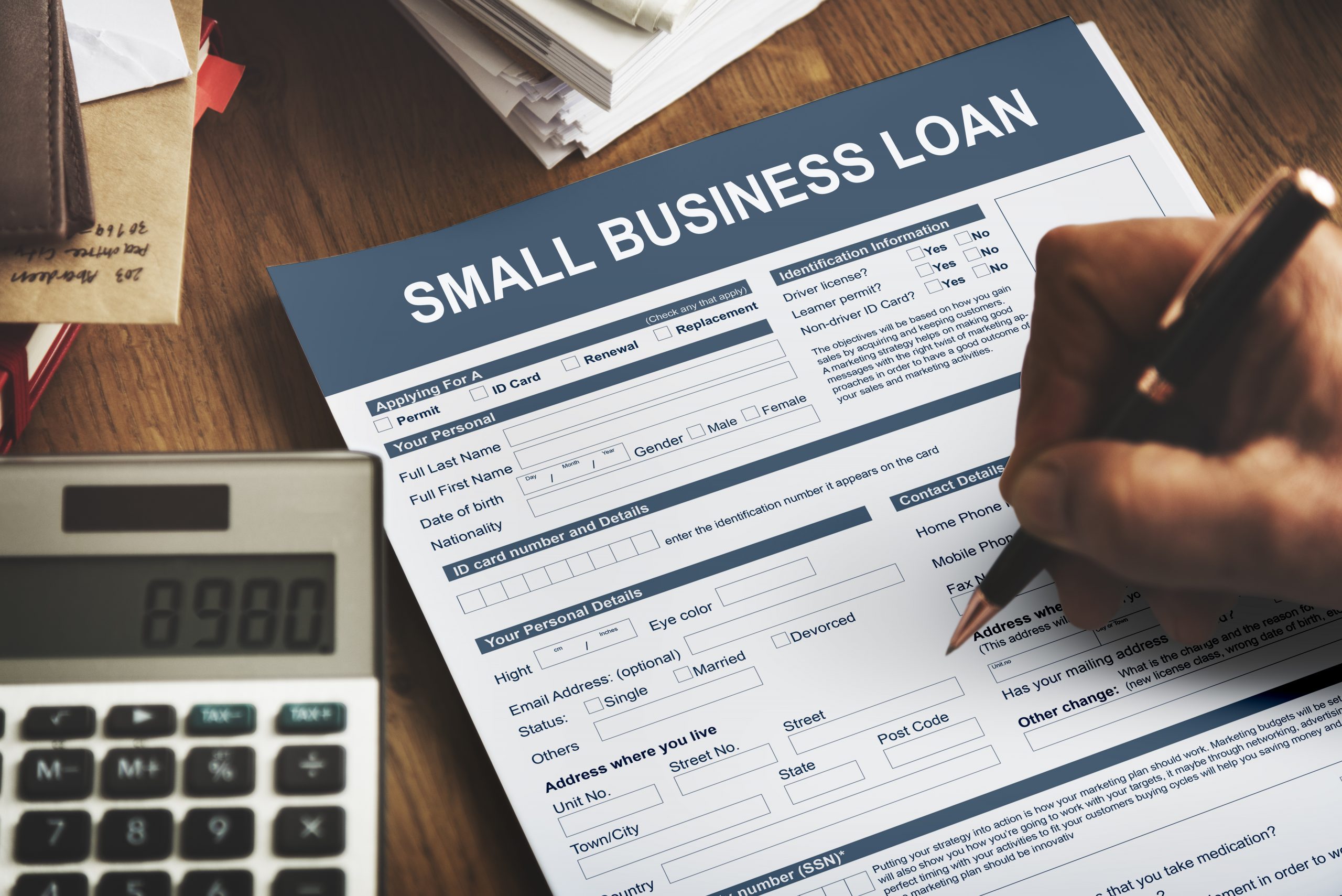Every great adventure story starts with the hero on a quest for hidden treasure. Through trials and triumphs, danger and disappointment, we read about the obstacles they must overcome, enemies they must battle, and feats they must perform. Eventually, they reach the spot where the treasure lays as the reward for their perseverance. And what does our determined adventurer use to find the hidden riches? A treasure map. That’s exactly what a business plan is: a treasure map for your business’ success.
Writing a business plan is the first step in starting your own business. By taking this first critical step, you will start to define your business objectives, set business milestones, and begin to take a critical look at what you are going to need in order to make your business grow successfully.
If you’re ready to embark on your own business adventure, seeking fame and fortune, you need a treasure map of your own. The only difference is that instead of finding a treasure map by accident, you get to write your own.
What Is a Business Plan?
A business plan for small businesses is a document that lays out your business idea’s goals, objectives, and strategy for achieving success with your business. It is used to demonstrate to lending institutions and investors the viability of your idea, and to get them interested in providing the financing for your product or service. It helps you focus on your business by making you really sit down and think about every aspect of your business.
A business plan contains several sections that explain various elements of your business idea. It also gives potential investors a clear picture of who you are, what your qualifications may be, and any other pertinent information. Think of a business plan as your business “on paper.” You need to make it look as appealing as you can, not only to you, but to your investors.
Many people think that a business plan can’t be changed once it’s written. On the contrary, there are many factors that can change a business plan. Before going to investors, your business plan will change regularly as market prices for materials change, a better business location becomes available, or many other reasons that might make your business idea look more promising. Be prepared to make frequent changes to your business plan in the initial stages that reflect the changing nature of your information. You might consider keeping a log of changes you make to your business plan as you go along, so you can show that you’ve been diligently making changes based on new information.
Everyone asks the same question: how do you write a business plan? There are a wide variety of resources online, as well as free and paid programs available for download that will help you structure a business plan properly. Find a template that makes you feel comfortable. This is the best way to have your ideas and information flow freely and coherently. If you feel that it’s difficult to write the business plan yourself, you can always consult a professional who can write your business plan with your guidance (keep in mind, this may be expensive).
How Long Should Your Business Plan Be?
Your business plan needs to be detailed enough to give potential investors a clear idea of what your business is and how you plan for it to succeed. Don’t put too many irrelevant or extraneous details that investors need to read through to get to the information they want. If your business plan has a large amount of statistical or financial data, consider putting the information in appendices at the end of the business plan. It’s a good idea to lay out a business plan with someone who can help present the information in a format that is easy to digest. Use decorative graphics sparingly, but at the same time, use charts and illustrations to give readers a well-presented overview of your information.
You might want to consider creating a longer business plan that has more detailed information in it, and a simple business plan based on the longer one. You can initially offer prospective investors the shorter one and let them know you have a more detailed plan if they indicate that they’re interested.
Determine Your Goals and Objectives
Not every business needs to be a multinational conglomerate. Not every business owner wants to be in charge of a business that large. In fact, most business are small and fill the needs of a niche market quite nicely. It’s up to you to determine what market you want to serve with your business. Your small business plan is going to be your guide to success.
You are going to have to do a fair amount of research when preparing your business plan. You’ll need to understand your market, your competitors, businesses that compliment your own, and the differences your business will have as a competitive edge.
It might be a good idea to include in your business plan options for different rates of growth. That way, if your business becomes successful more quickly, you can accommodate a more rapid growth without worry, because you’re already prepared for it.
Outline Your Financing Needs
As the old saying goes, “it takes money to make money”. Knowing what your costs are going to be is one of the most important aspects of your business plan. You need to account for a variety of financial obligations. Take the time to carefully research and chart out every potential expense your business may incur. Try to anticipate hidden costs, unexpected costs, market changes to materials and supplies, and anything else that is going to cost money in order to run your company. Whether you need to know how to write a business plan for a loan or for investors, the financial needs of your company will remain the same.
Fixed costs are the financial elements of your business that won’t change on a regular basis. Rent, utilities, internet services and so on are things whose price remains constant. Your total fixed cost gives you a firm baseline of what your monthly costs are going to be.
Variable costs are those that will change from month to month. Factors that influence variable costs include seasonal changes, market fluctuation, developing technology, business reputation, and other “unknowns.” You’ll need to add your minimum and maximum variable costs to your fixed costs to determine what your minimum and maximum sales need to be in order to become profitable.
Cost for materials and supplies can either be fixed or variable. In the beginning, expect these expenses to be variable. As your business grows, you will be able to make your material and supplies costs more fixed by locking in costs over a fixed period of time by promising to by a minimum amount over a period of time.
The more information you can collect in your business plan about what your expected financial requirements are for your business, the more that banks and investors will be able to understand the full financial picture and decide whether to invest in your business.
A good resource for getting financial information about businesses in your area is your local Chamber of Commerce. Be sure to cite information in your business plan that comes from them. It shows that you’ve done your research.
8 Steps to Follow When Writing a Business Plan
Business plans follow a common structure. It makes it easier to prepare one, and bank loan officers and investors know what to expect when they request one from you.
Executive Summary
This is probably the most crucial element of your business plan. Your business plan is competing with dozens or hundreds of other business plans your prospective investor is going to read this month. You need to make yours stand out. Each word needs to be perfect. You need to make it engaging without being unrealistic. An executive summary is composed of the following elements, each no more than one or two sentences long.
Mission Statement
This is a one-sentence summary of the purpose of your company. You have to encompass your company’s values and goals in a way that makes you stand apart from every other company in your marketspace.
General Company Information
Provide your reader with the basics of your company structure, how long you have been in business ‘informally,’ and any basic information about experience in the market.
Products and Services
This outlines what you are providing as value to your customers, and how they differ from your competition.
Financial Information
If you already have had success in your business field, outline the information in one or two quick sentences.
Future plans
Give your potential investor an idea of how big you expect your business to grow and how fast you think it might take.
Once you’ve created your executive summary, you’ll need to elaborate on each of the elements in your executive summary in more detail.
Company Overview
Give a brief history of your company, even if you’re newly incorporated. Explain your decision why you chose to form your company, how you came to the decision, and anything else that would give the reader insight into how you got to where you are.
Market Analysis
Here’s where you convince your investors that you’ve done all your homework. Explain the history of the market as well as the current status. Identify anything that is missing from your target market, especially if you plan to fill that niche with your business product or service.
Business Organization and Management
In this section you will introduce the reader to you and your principals in the business. Include any relevant information, education, and experience each person has. Try to capture some of each person’s personality; don’t just copy and paste their resumes. Describe what each person’s role is in the business, and the hierarchy of the business organization.
Service or Product Line
Detail the products and/or services you plan to offer to the public. Explain how and why your offerings are going to improve or better yet, replace what has already been done. Go into as much detail as you need to give a clear picture of what you are going to provide.
Marketing and Sales Plan
It’s important to know how your product is going to reach your customers, and how you’re going to attract customers in the first place. Explain your market in detail, including different segments that will be interested in your offerings. Include information on how you plan to advertise in both traditional and electronic media.
One important metric is your Cost of Acquisition. It describes how much money you will need to spend in order to turn a potential customer into an actual one. Again, research is important to provide the most realistic picture to your readers.
Financial Plan and Projections
You’re going to need to outline all your business costs in this section. Investors who are interested in your idea are going to pay careful attention to the information you provide here. You are going to need to be honest as well as optimistic with your numbers.
Appendix
This section contains any additional information of a lengthy statistical nature, or information that is too complex to explain within the confines of the usual sections of your business plan. Consider creating a list of citations if you are relying on facts and information from other sources.
Updating Your Business Plan
As mentioned previously, you should expect to make changes and updates to your business plan regularly. Keep the information in your business plan up-to-date, so you can always present the most current data when you send it to someone. Your business plan is a living document; you need to keep feeding it regularly. It’s all part of how to write a small business plan.
By understanding the fundamentals of how to write a good business plan, you can create a document that banks and investors will be able to read and gain an insight to you as a businessperson and entrepreneur. It will also give your business an internal plan of how best to achieve your goals and objectives.
And remember to keep following your business plan towards success. It’s the best way to find the hidden treasure in your business.







